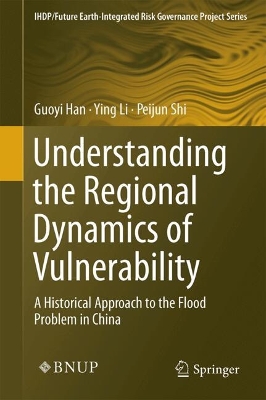IHDP/Future Earth-Integrated Risk Governance Project
2 total works
This is the first English language book to systematically introduce basic theories, methods and applications of disaster risk science from the angle of different subjects including disaster science, emergency technology and risk management. Viewed from basic theories, disaster risk science consists of disaster system, formation mechanism and process, covering 3 chapters in this book. From the perspective of technical methods, disaster risk science includes measurement and assessment of disasters, mapping and zoning of disaster risk, covering 4 chapters in this book. From the angle of application practices, disaster risk science contains disaster management, emergency response and integrated disaster risk paradigm, covering 3 chapters in the book. The book can be a good reference for researchers, students, and practitioners in the field of disaster risk science and natural disaster risk management for more actively participating in and supporting the development of "disaster risk science".
Understanding the Regional Dynamics of Vulnerability
by Guoyi Han, Ying Li, and Peijun Shi
Guoyi Han is a senior research fellow at the Stockholm Environment Institute in Sweden; both Associate Professor Ying Li and Professor Peijun Shi work at the Beijing Normal University in China.

